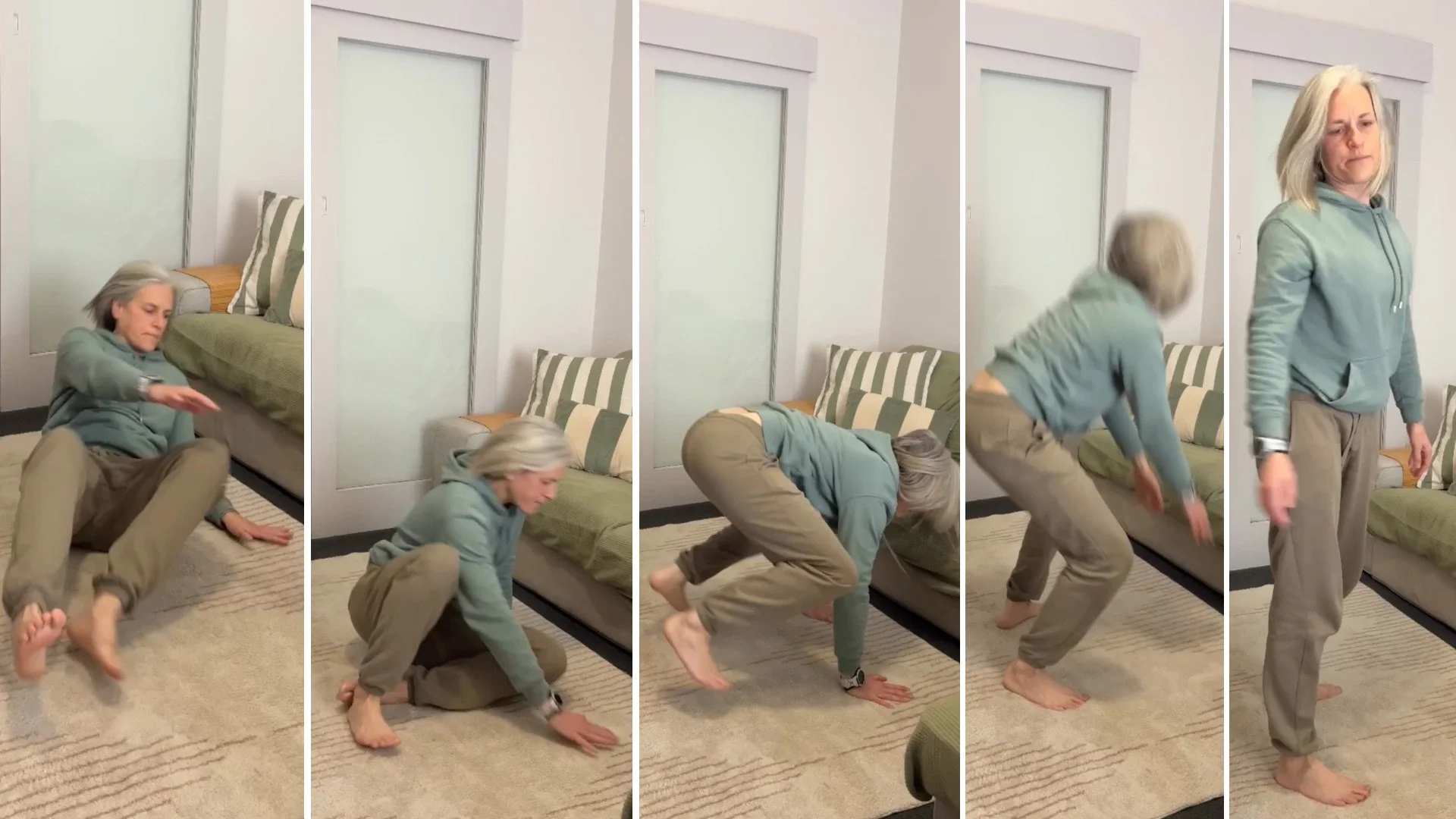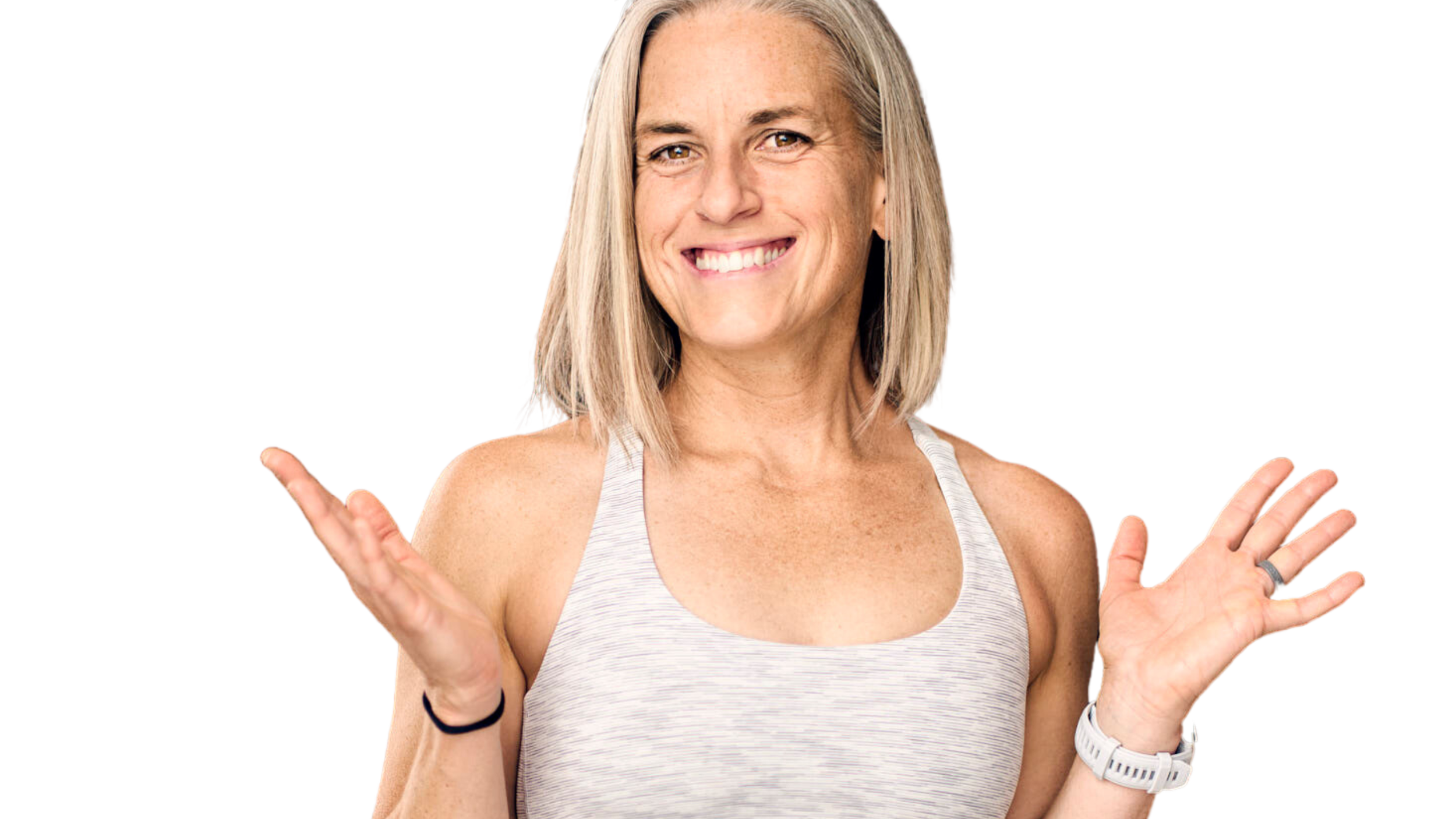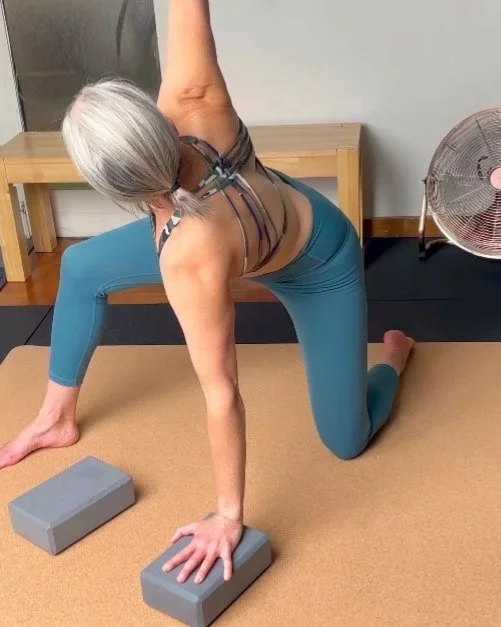Here’s something I’d highly recommend making a priority in your life: your strength & mobility…and specifically, your ability to get up off the floor with ease.
Now, of course I don’t expect you to be able to jump up off the floor in this way but the sooner you start working on it, the sooner you’ll get better at it.
You might be of an age that you think you don’t need to worry about it yet, but this one skill becomes more and more important as we age and also more and more challenging too.
Being able to lower yourself down and get back up again is directly linked to your independence, your confidence, and your long-term quality of life.
The good news? It’s never too late to improve. You don’t need to do it perfectly, and you certainly don’t need to compare yourself to anyone else. Just start with what you can do right now, and build on that little by little.
Every bit of progress you make adds up to a stronger, more capable version of yourself…the kind of strength that ensures you’ll never find yourself stuck on the floor.
So today, why not test it? Lower yourself down safely (making sure you’ve got something or someone nearby to help you back up if you think you’ll need it), see how you go getting up, and notice what feels easy versus what feels sticky. Then start practicing regularly. Your future self will thank you.
And if you don’t know where to start with getting stronger or more mobile, here are some ways I can help:
These run throughout the year and the next one starts 29th September.
You can jump into my YOUR MOOV Strength Program anytime.
The focus is on diaphragmatic breathing and building core stability while improving overall mobility.











